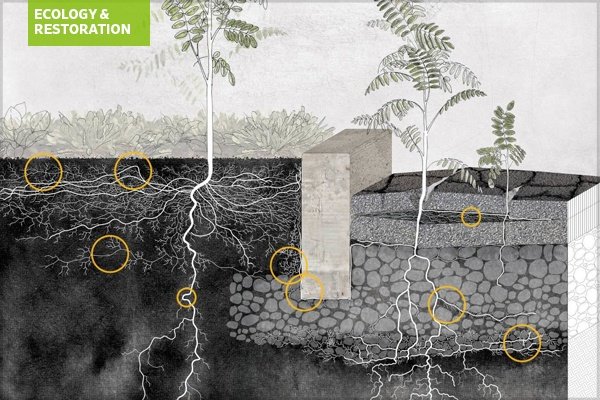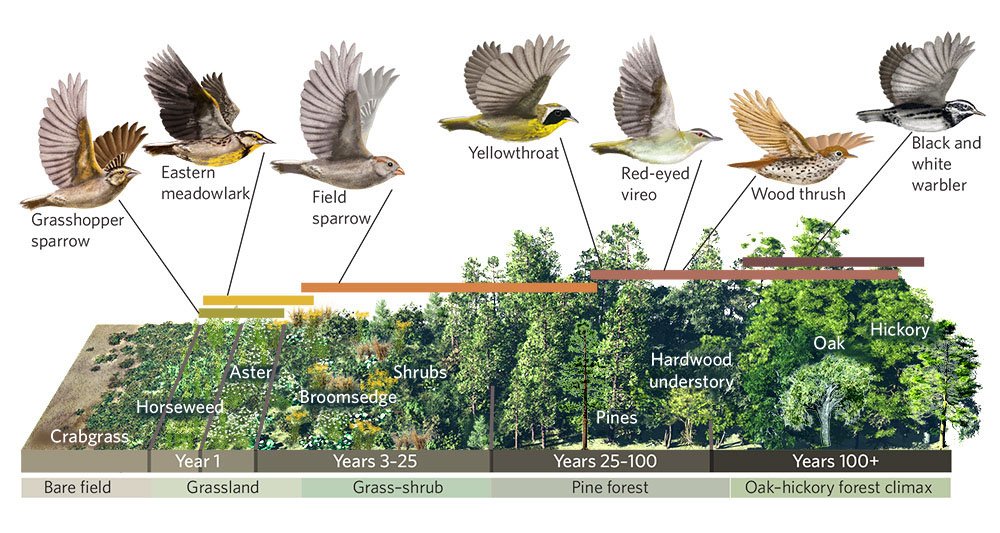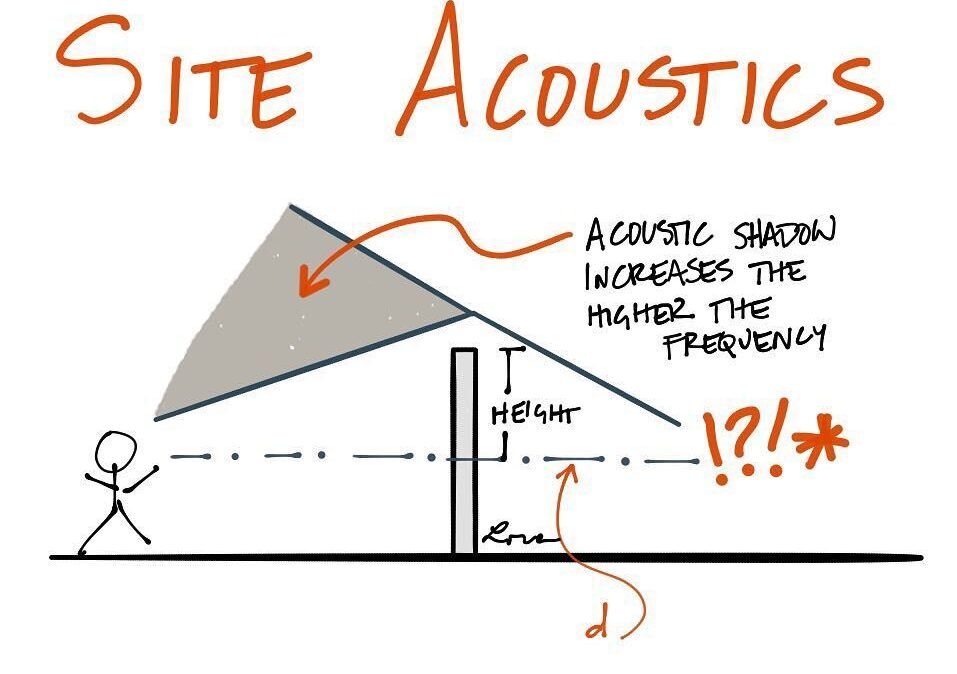Ecology is defined as a transdisciplinary science that focuses on the relationship between living beings and their surrounding environment. This is relatively a new form of science that emerged in the 20th century. It started with researches centric towards plant communities, which became a basis for the new integrated science of plants, animals, and the environment. This later came to be known as ‘ecosystem ecology’.
The term further integrated into fields like large-scale project management, planning, and governance. Due to this a complex adaptive system was established where design and landscape were rediscovered. The landscape design was rethought and experimented. An environmental movement started and it became more and more mainstream.
Humans are designers as well. We shape and change the ecosystems we live in. Our surrounding ecosystem is a product of our visualization and lifestyle. It is a reflection of the human psychology residing in a specific area, these two constitutes are interlinked. When a human lifestyle in a specific area is of a pollutive nature, it ends up turning the ecology into a concrete jungle.
On the contrary, a sustainable design protects and benefits the natural ecosystems around an area. Ecology and Design are two phenomena that work best when they are collaborative and are given equal importance.
Going local on Landscaping
The basic strategy to achieve a balance between ecology and design can be through landscaping with native plantings. It can help in saving water and decreasing the maintenance cost as the species are locally available. The animal community is benefitted as it provides a habitat for sustenance.

Native plants thrive in a local environment without any soil treatment or irrigation. This helps in creating a micro-climate as well. A deep understanding of the local ecology and ecological services throughout the bio-region can help in choosing the species.
Preservation of all on-site mature trees is an important factor. A landscape architect or an arborist can help in assessing the existing tree health and standoff distances.
Natural pest control strategies can be applied by using plant species that repel mosquitoes and other pest insects. As a safety measure, maintaining an appropriate distance between landscaping and less durable building structures can protect the site during heavy rains or storms.
Dark Lighting
Another step in designing for Ecology can be through restriction of lighting during unused hours. Site lighting can be scheduled to turn on after sunset and turn off when all the users have left the park and have resided to their indoors. For safety reasons, night vision cameras or motion-activated lights can be used to keep the site both dark and safe.

Birds Ecology
The habitat for a healthy ecology includes plants and animal communities in equity. Many birds are estimated to have died due to flying into the glass of tall buildings. As birds need a healthy ecosystem for their survival, they are attracted to habitats that have vegetation and water sources.

At the same time, they need spaces for their sustenance, shelter, and comfort. Design teams can focus on limiting their use of glazing materials and can integrate shading and glare control to make the project both human and bird-friendly. Some glazing options are designed such as they are visible to birds and invisible to humans, this act as a viable solution for maintaining an ecological balance.
The acoustics
Site noise and vibrations can create a disturbance in the ecology of the surrounding. Compressors or chillers are noise creating equipment. Through engineering, quieter equipment can be made.

Apart from mechanization, physical barriers can also work. Natural barriers like plantings can be used. Sound barriers can be angled in a way to send the noises towards the sky, this method is more effective than using flat surfaces.

Ecological methods for creating sound barriers can be through pollinator gardens, water features, kinetic artworks, beehives, wind features, tall trees, etc.
Maintaining an ecology towards urbanization has become a mandate as our cities lack their greens. It is only through conscious design methods and sustainability that we can ensure this fine balance between Design and Ecology.

